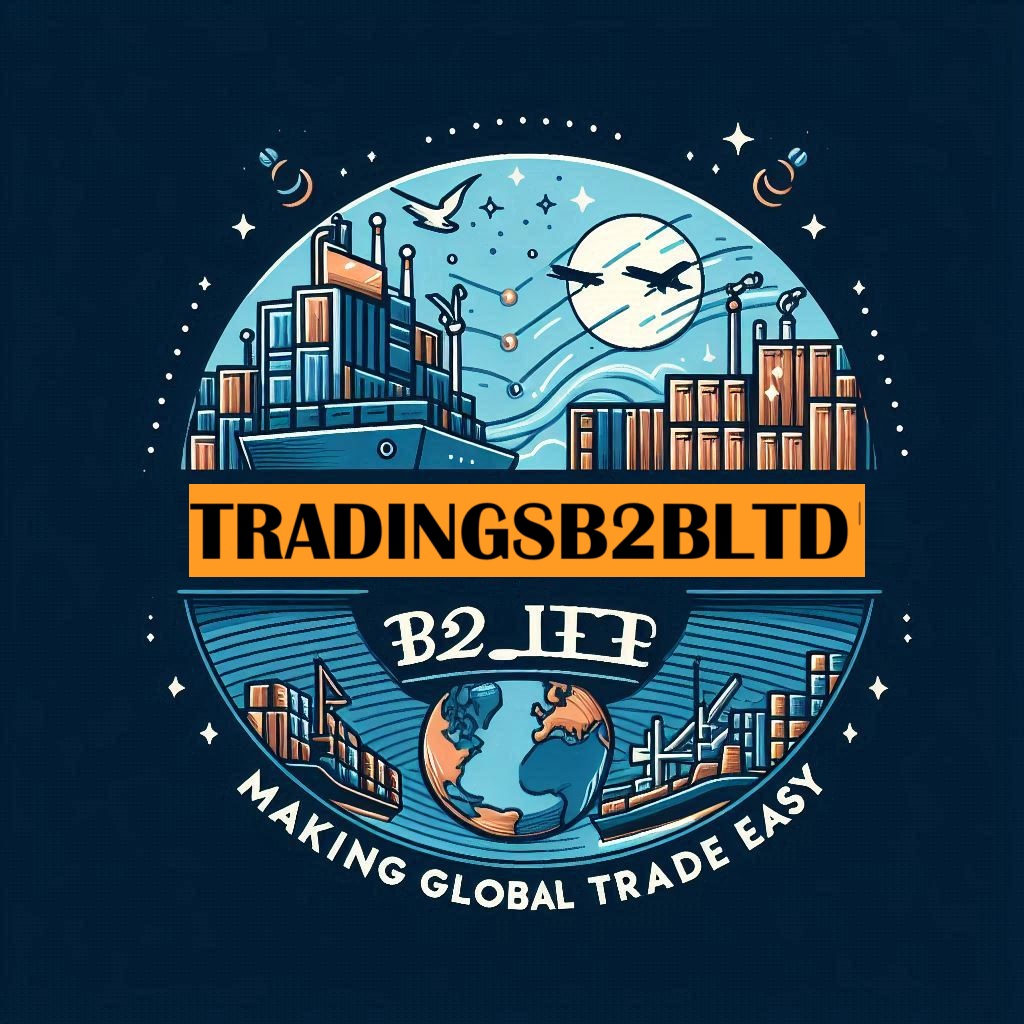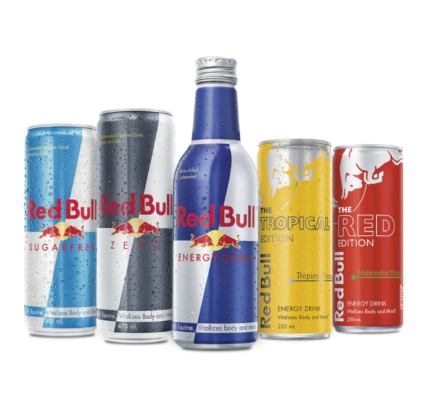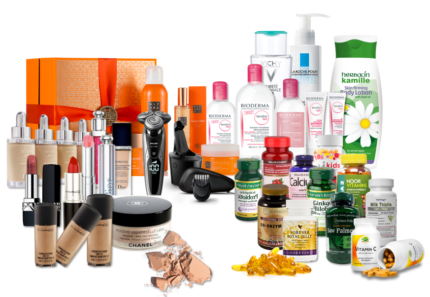Description
Energy Savings
LED is a highly energy-efficient lighting technology, and has the potential to fundamentally change the future of lighting in the United States. Residential LEDs — especially ENERGY STAR rated products — use at least 75% less energy, and last up to 25 times longer, than incandescent lighting.
Widespread use of LED lighting has a large potential impact on energy savings in the United States. By 2035, the majority of lighting installations are anticipated to use LED technology, and energy savings from LED lighting could top 569 TWh annually by 2035, equal to the annual energy output of more than 92 1,000 MW power plants.
How LEDs are Different
LED lighting is very different from other lighting types such as incandescent and CFL. Key differences include:
- Light Source: LEDs are the size of a fleck of pepper, and can emit light in a range of colors. A mix of red, green, and blue LEDs is sometimes used to make white light.
- Direction: LEDs emit light in a specific direction, reducing the need for reflectors and diffusers that can trap light. This feature makes LEDs more efficient for many uses such as recessed downlights and task lighting. With other types of lighting, the light must be reflected to the desired direction and more than half of the light may never leave the fixture.
- Heat: LEDs emit very little heat. In comparison, incandescent bulbs release 90% of their energy as heat and CFLs release about 80% of their energy as heat.
- Lifetime: LED lighting products typically last much longer than other lighting types. A good quality LED bulb can last 3 to 5 times longer than a CFL and 30 times longer than an incandescent bulb.
LED Products
LED lighting is available in a wide variety of home and industrial products, and the list is growing every year. The rapid development of LED technology has resulted in increased product availability, improved manufacturing efficiency, and lower prices. Below are some of the most common types of LED products.
Industrial and Commercial Lighting
The high efficiency and directional nature of LEDs makes them ideal for many industrial uses. LEDs are increasingly common in street lights, parking garage lighting, walkway and other outdoor area lighting, refrigerated case lighting, modular lighting, and task lighting.
Under-Cabinet Lighting
Because LEDs are small and directional, they are ideal for lighting tight spaces such as countertops for cooking and reading recipes. Since there can be variation in light color and directionality, it is important to compare products to find the best fixture for your space.
Recessed Downlights
Recessed downlights are commonly used in residential kitchens, hallways, and bathrooms, and in a number of office and commercial settings. DOE estimates there are more than 600 million recessed downlights installed in U.S. homes and businesses.
LED Replacement Bulbs
With performance improvements and dropping prices, LED lamps can affordably and effectively replace 40, 60, 75, and even 100 Watt incandescent bulbs. It’s important to read the Lighting Facts Label to make sure the product is the right brightness and color for its intended use and location.
LED Holiday Lights
LEDs consume far less electricity than incandescent bulbs, and decorative LED light strings such as Christmas tree lights are no different. Not only do LED holiday lights consume less electricity, they also have the following advantages:
- Safer: LEDs are much cooler than incandescent lights, reducing the risk of combustion or burnt fingers.
- Sturdier: LEDs are made with epoxy lenses, not glass, and are much more resistant to breakage.
- Longer lasting: The same LED string could still be in use 40 holiday seasons from now.
- Easier to install: Up to 25 strings of LEDs can be connected end-to-end without overloading a wall socket.
What Are LED Lights and How do They Work?
LED stands for light-emitting diode. Light-emitting diode (LED) technology is the most energy-efficient lighting technology available today. LED light bulbs are up to 90% more efficient than traditional incandescent lightbulbs. They work when an electrical current passes through a microchip, causing the light emitting diodes to illuminate into visible light. Additionally, they are very compact, providing a wide variety of unique lighting applications.
LEDs Use Lumens Instead of Watts
In modern lighting, watts are not the best indicator of illumination. Watts measure energy consumption rather than brightness. A more accurate measurement of quality of light is lumens, which measure the amount of visible light from a lighting source. The higher the lumen rating, the brighter the light will appear.
LEDs are measured in lumens because they’re able to achieve much greater brightness with much less energy than incandescent bulbs. For example, a 6.5-watt LED lamp provides an equal amount of light as a 50-watt halogen bulb. Essentially, these bulbs use 87% less energy (watts) to produce the same amount of light (lumens). When shopping for energy efficient lighting, look for LED bulbs with a low wattage and a high lumen value.
How LED Lighting is Different
LED technology doesn’t just shine bright—it revolutionizes the way we light our spaces. But what sets them apart extends far beyond their luminosity. There are multiple ways they outshine traditional lighting methods. From advanced illumination technology and safety features to their unparalleled efficiency and longevity, LEDs offer an ideal upgrade for businesses in any industry.
- Lighting Technology: LEDs are as small as a poppy seed with the ability to emit a range of colored light including red, green, blue, and white. Their small size and versatility provides many more options for customization and application.
- Direction of Illumination: Light is emitted in a specific direction, providing more precise illumination with less heat. Incandescent and CFL bulbs require reflectors or diffusers to point light in a specific direction.
- Heat Emissions: LED bulbs are considered a safer lighting option because they emit very little heat. Incandescent bulbs have a much higher operating temperature, posing a fire risk if they encounter flammable materials.
- Cold Weather Performance: These lighting fixtures are not affected by cold weather conditions. They operate efficiently and reach full brightness immediately. Traditional incandescent lighting struggles to reach full brightness and efficiency in colder conditions.
- Lifetime of Product: These light bulbs last up to 25 times longer than traditional lighting sources. They don’t “go out” like traditional lighting. Instead, its lifetime is determined by how long it takes for an LED bulb’s light output to decrease by 30%.
- Energy Costs: Due to their high efficiency, the annual energy cost of a 9-watt, 800-lumen LED light bulb is $1.26. A comparable 43-watt, 800 lumen halogen light costs $6.02 in energy costs each year.






